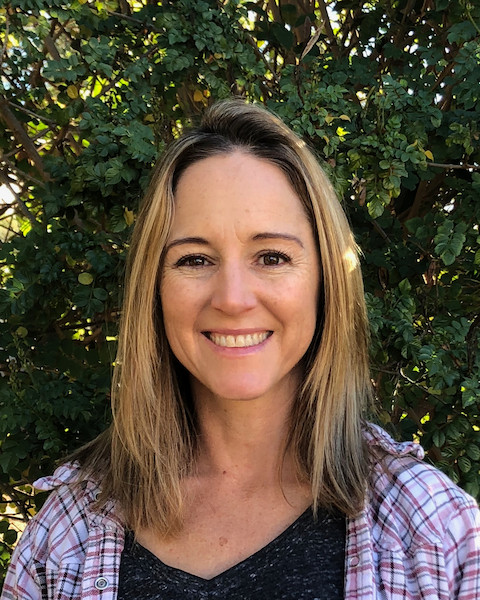CBI completes a 2-year project to review existing data, conduct habitat assessments, and develop conceptual models to document our understanding of Brachypodium
Conservation Biology Institute (CBI) completed a 2-year project, funded by the San Diego Association of Government (SANDAG) Environmental Mitigation Program, to review existing data, conduct habitat assessments, and develop conceptual models to document our understanding of Brachypodium.
Brachypodium distachyon is an emerging invasive species with potentially widespread ecological implications for native species, habitats, and ecosystem processes. It has increased in extent and dominance in recent years in San Diego County, possibly in response to repeated fires and climatic conditions. Brachypodium decreases native species diversity and may alter soil ecology, vegetation community structure and composition, and natural fire regimes. This species is particularly dense on restricted soils where it threatens edaphic endemic plants such as Acanthomintha ilicifolia, Bloomeria clevelandii, Brodiaea filifolia, Brodiaea orcuttii, Deinandra conjugens, Dudleya variegata, Nolina interrata, and Tetracoccus dioicus, as well as native grassland and coastal sage scrub communities. These plants and habitats are conservation targets under the Natural Community Conservation Planning programs in San Diego County, California. The conserved areas selected for treatment─Crestridge Ecological Reserve and South Crest─form a central core area for linking populations of both plants and animals between north and south San Diego County preserves.
CBI developed site-specific restoration plans that included an experimental component to test alternative control strategies. Strategies focused on reducing or eliminating Brachypodium while creating conditions under which native species could germinate, establish, and persist. Specific objectives included:
- Reducing Brachypodium biomass (thatch) and cover to allow for native species germination.
- Reducing and preventing further input to the Brachypodium seed bank.
- Restricting seed dispersal through Best Management Practices to avoid inadvertently moving seed between sites.
- Establishing native species that are functionally similar to invaders, thereby increasing both habitat resistance to future invasions and potentially suitable habitat for conservation target species, specifically Acanthomintha ilicifolia, Nolina interrata, and Dudleya variegata.
Experimental treatments demonstrated that:
- Brachypodium control can be achieved with one of several chemical (herbicide) treatment combinations when applied uniformly and timed appropriately relative to rainfall events. Mechanical treatments (mowing) are intermediate between herbicide and controls, and are an option where herbicide is not feasible or practical.
- Dethatching substantially reduces litter and may increase suitable sites for native species germination, although we did not see a significant increase in native species diversity in dethatched areas. Several native species appear to benefit from thatch removal as indicated by increased growth or germination.
- Observationally, the dethatch-herbicide-seeding combination consistently had the highest number of native species present, probably due to increased seed-soil contact. The dethatch-mechanical-herbicide-seeding combination was almost identical to the herbicide-only combination with respect to number of native species present. Thatch left in place in the dethatch-mechanical-herbicide-seeding treatment may have limited seed-soil contact.
- We did not see a significant increase in native species diversity, which may be due to small sample plots, low rainfall, or short timeframe of the study. Estimates of species richness in quantitative plots were low and idiosyncratic. Observationally, species richness appeared higher in seeded versus control plots.
- Because of high seed output, high seed viability, and minimal seed dormancy, there is the potential for Brachypodium to rebound in treated areas if control measures are discontinued prematurely.
This experiment provides an important baseline of data, and adding further years of treatment and monitoring will only increase their value. However, the real utility of these methods for management depends on how they can be scaled up.



